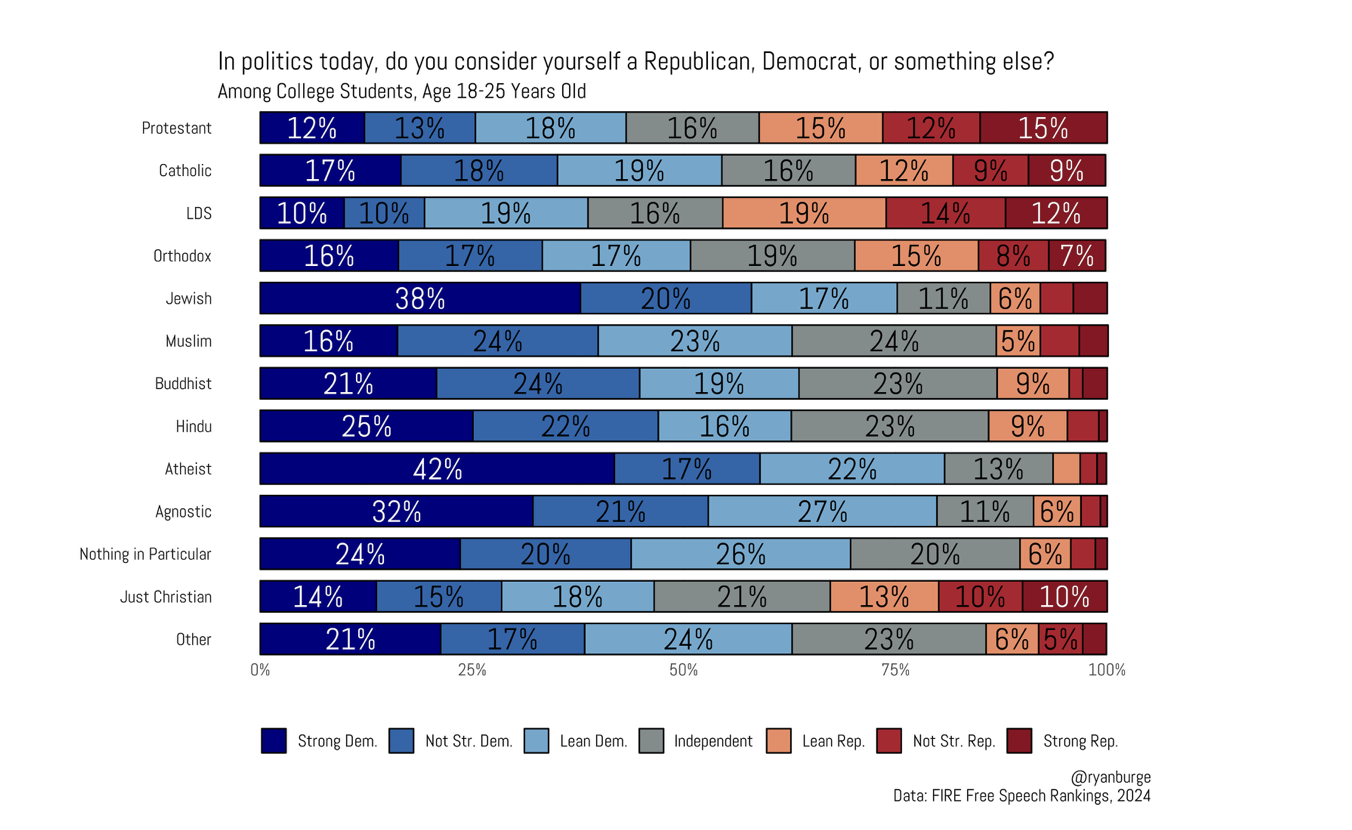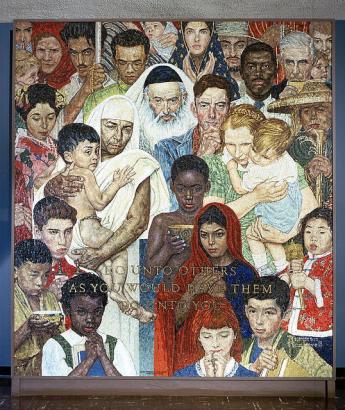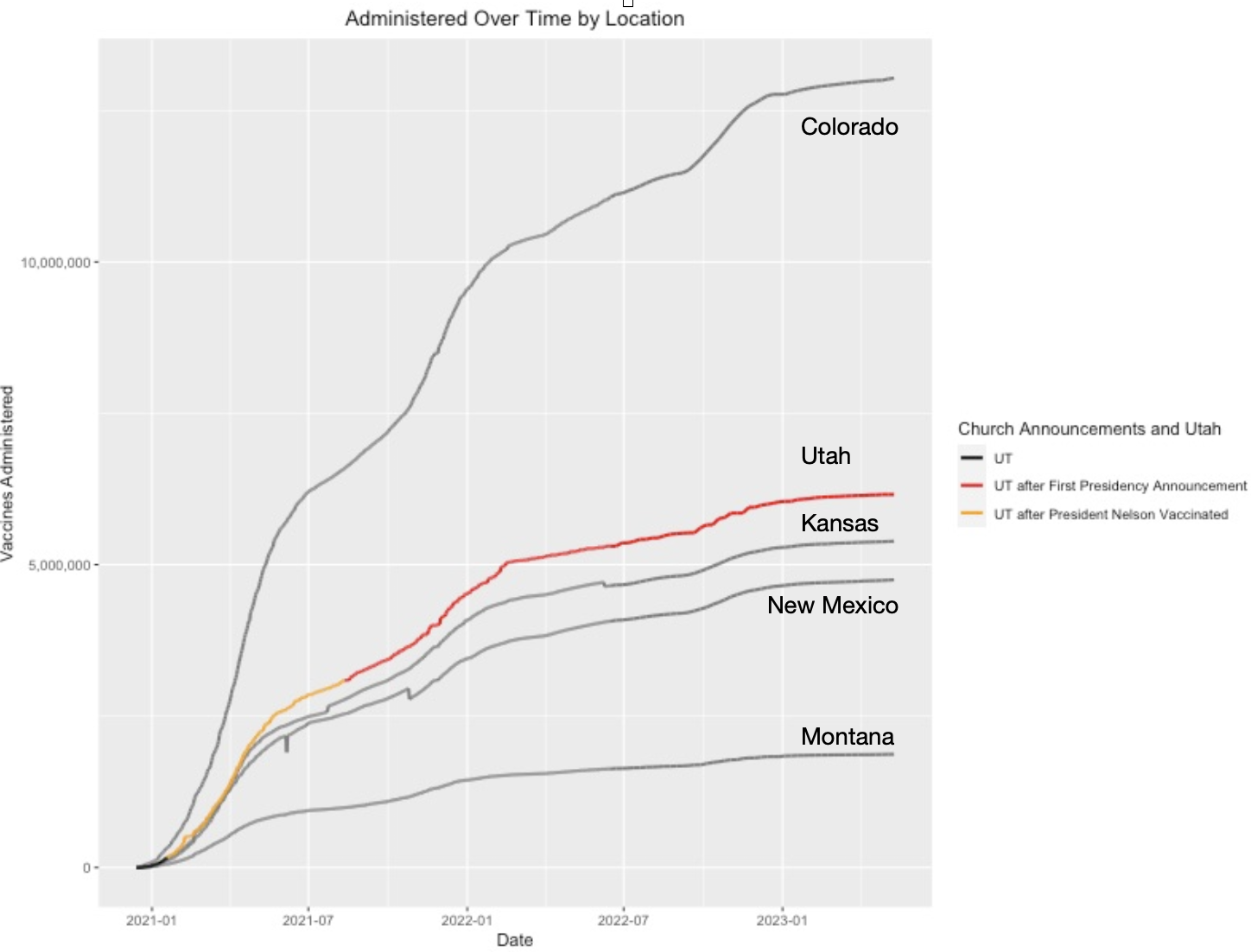Author: Stephen C
-

Temple Architectural Heritages: Cardston
I’ve always had a sort of passing interest in temple architectural history and design, so I thought I’d get Chat-GPT-V’s take on the possible architectural influences of different temples by uploading an image, asking it to “explain the architectural influences of this building and provide examples of buildings typifying these influences. Discuss non-LDS-specific architectural themes.”…
-
BYU and Sports Illustrated Swimsuit
Apparently in about a week BYU will host a “Women’s Empowerment Event” that is a local variation of similar such events that are being held around the country. Looking at the invites and speakers for the most part it looks like a pretty typical DEI-type event with a bunch of corporate sponsors and speakers such…
-
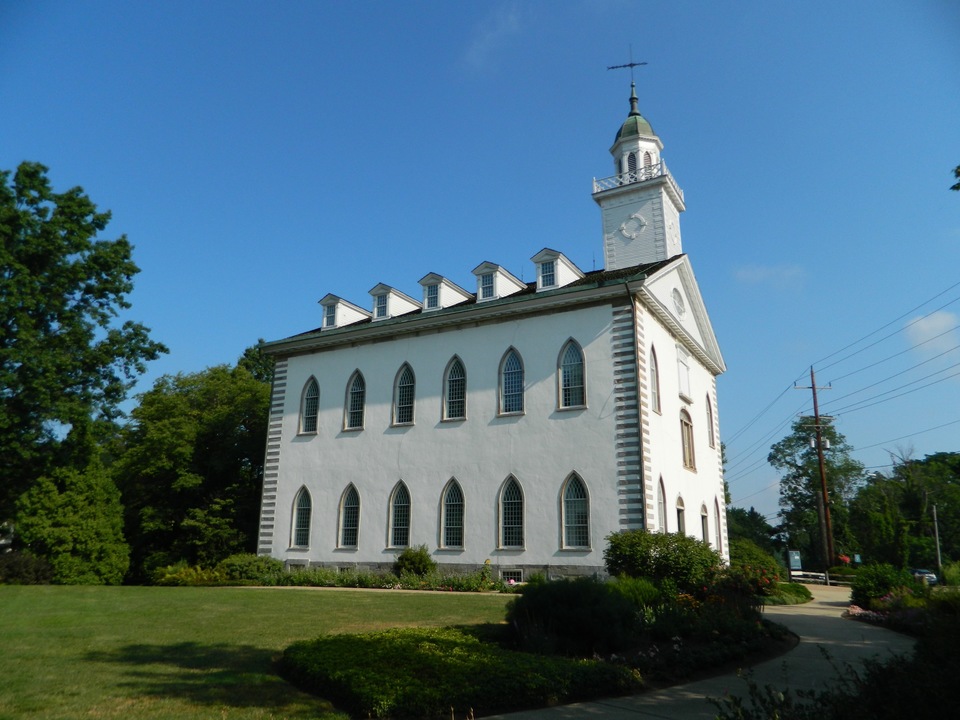
Temple Architectural Heritages: Kirtland
I was just given access to Chat-GPT’s image upload functionality. I’ve always had a sort of passing interest in temple architectural history and design, so I thought I’d get Chat-GPT’s take on the possible architectural influences of different temples, asking it to “explain the architectural influences of this building and provide examples of buildings typifying…
-

Temple Architectural Heritages: Provo
I was just given access to Chat-GPT’s image functionality. Now you can upload images and have it answer questions about it. (Yes, I know, but bear with me, after this I think it will be a while before we have anything fundamentally new in the AI space, so this might be my last AI series for a…
-
Cutting Edge Latter-day Saint Research, September 2023
A monthly piece summarizing all recent, peer-reviewed scholarly articles and books published on Latter-day Saints.
-

The New Pornography… and Everybody Has a Personal Language Tutor Now
The ideal husband, according to Midjourney In the movie “Her” the Joaquin Phoenix character develops a relationship with an AI during a messy divorce. Released about a decade ago, the movie addresses philosophical themes about personhood and relationships that at the time seemed interesting in a philosophy class thought experiment way, but not really relevant…
-
OUR, Tim Ballard, and the Church
Like many I’ve been recently drawn to the hard-to-look-away car crash that is the Tim Ballard/OUR saga. I am very disconnected from the conservative Utah zeitgeist that’s given rise to this debacle, and I haven’t done a deep dive into the particulars, but in a sense that makes my perspective not worthless on a meta-level…
-
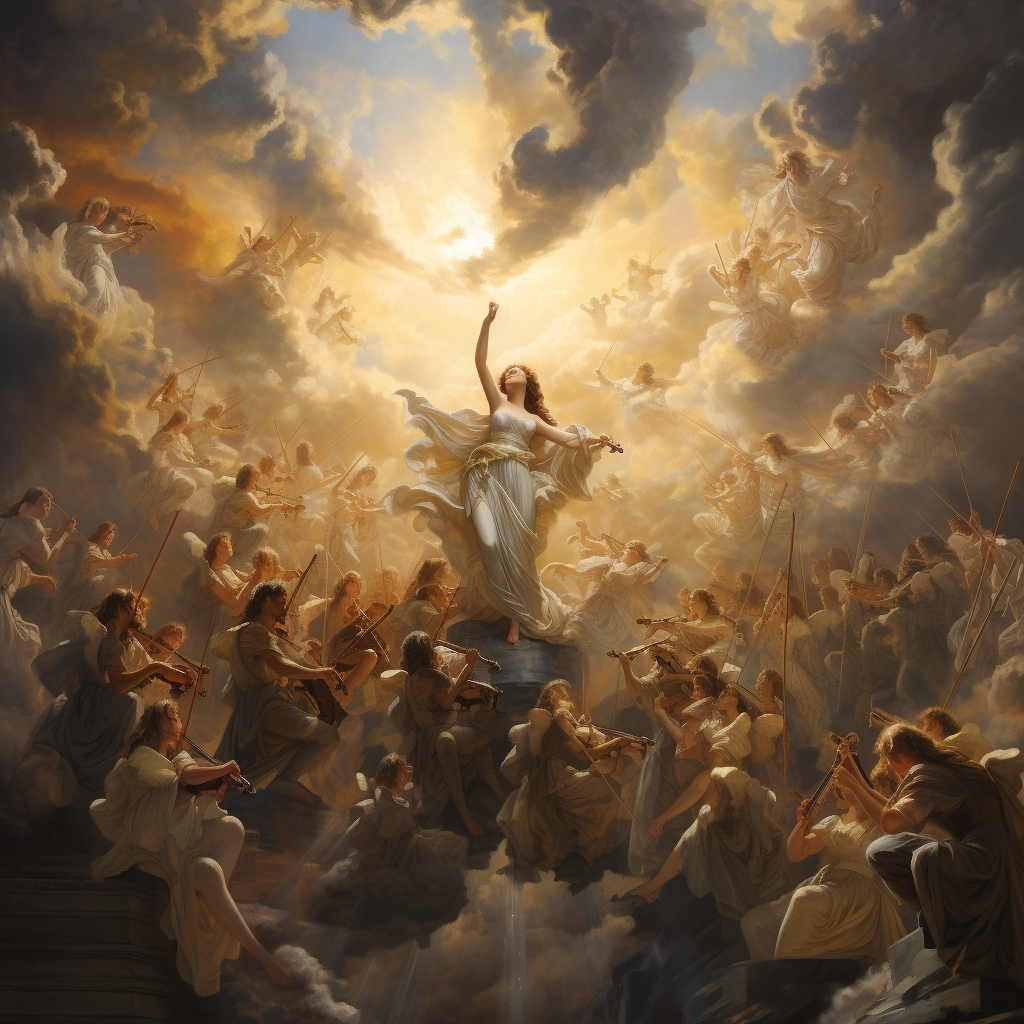
Top Gospel-Related Songs and Some Top Renditions
Orchestra of Angels I’m not a musical person. I was started on the classical guitar quite early and became decently proficient at it by the time I was in Jr. High, but I just didn’t have the fire to practice for hours like many in the music world have. I enjoy a good tune, but…
-

Latter-day Saint Book Review: Saqiyuq, Stories from the Lives of Three Inuit Women
Saqiyuq is an oral history of three generations of Inuit women who lived on Baffin Island near Greenland. Of particular interest to me was the grandmother matriarch’s history, since, born in 1931, she provided a first-hand account of the transition from a hunter-gatherer lifestyle where people starved or not depending on the ebb and flow…
-

Meditation and the Gospel
The Listener, by James Christensen Meditation is one of those practices with religious roots that has managed to become popular even in very secular, non-believing spaces, but I haven’t really caught the meditation bug. I’ve done a few guided meditations and have enjoyed them, but in terms of stress release I’d rather just get a massage…
-
Cutting Edge Latter-day Saint Research, August 2023
A monthly piece summarizing all recent, peer-reviewed scholarly articles and books published on Latter-day Saints. Bushman, Richard Lyman. Joseph Smith’s Gold Plates: A Cultural History. Oxford University Press, 2023. The venerable Richard Bushman’s latest; a cultural history on the golden plates as artifacts. He’s been working on this for years. “Bushman examines how the plates…
-

Pascal’s Wager and the Restored Gospel
Hell to Heaven We Latter-day Saints hold to a rather benign form of hell. I think this a feature, with traditional hell being the ultimate bug. However, one implication of our benign afterlife of second chances is that arguably this-worldly religious decisions have less “import.” If your decision to not be baptized leads to you…
-

Will Nobody Think of the Children! Hypocrisy and the November Policy
Pearls Being Clutched I vaguely recall when I was younger learning about the special restrictions put in place in regards to Church membership for people from a polygamous background. I could think of a few narrow cases where I didn’t think the restrictions were necessary, but they would have been such a small portion of…
-
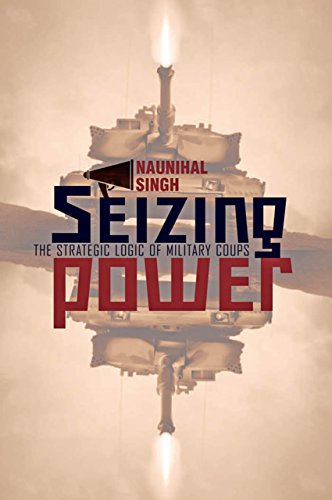
Latter-day Saint Book Review: Seizing Power, The Strategic Logic of Military Coups
Seizing Power by political scientist Naunihal Singh is the preeminent scholarly work on coups d’etat. In it, Singh pairs in-depth investigations of coup attempts in Africa and Russia with a quantitative analysis of correlates of successful coups worldwide. He finds that coups can largely be characterized as coordination games, where military commanders often join…
-

Latter-day Saint Book Review: The Top Five Regrets of the Dying
Regrets of the Dying The Top Five Regrets of the Dying was a bestselling book by a palliative care nurse who spent a lot of time with patients as they were passing away. I’m not going to recommend it as a book; the writing isn’t the best and it gets kind of repetitious, but the idea…
-

The Active Afterlife of the Restored Gospel
Vietnamese depiction of the Pure Land, the Mahayana Buddhist paradisiacal afterlife Egyptian depiction of the Field of Reeds, the ancient Egyptian paradisiacal afterlife While I’m open to the idea of “sacred envy,” where we see things in other faith traditions and communities that we wish we had, that shouldn’t prevent us from recognizing places where…
-

Weaponizing Church Titles Against the Church, and Passive Aggressive Clichés
Recently I’ve done a series of posts explicitly identifying different rhetorical strategies used in social media spaces around Church topics (One on apologizing for others, and one on disingenuously citing prophets and invoking one’s church heritage). I didn’t mean for it to be an ongoing series, but I’ve just been noticing these more and more,…
-

Big Family Hacks
The Responsible Woman, by James C. Christensen I’m on the record as being very pro-big families. As we become more and more of a minority you have to be clever about how to pull it off logistically since society is increasingly built around the 1.6 kid family. Given Latter-day Saints’ (albeit increasingly fading) penchant for large…
-

In Defense of Tracting
Missionary methodology is one of those things in the Church that people have strangely strong opinions on. For my part, on a meta-level I recognize that Context matters What works in one location (and time) might not work in another. Missionary strategy is complex Because of #1, figuring out optimal missionary strategy is hard, and…
-

Leaving the Church to Sin
A common accusation against people who leave the Church is that they’re just doing it because they want to sin, and in response the leavers often construct some highly noble narrative exclusively revolving around intellectual honesty and/or personal integrity around social issues. I kind of roll my eyes in the latter case. Not that I…
-

Long Live Ukraine, Long Live Russia
All they that take the sword shall perish with the sword Given that this is a Latter-day Saint blog, I feel an obligation to make some sort of commentary on how recent events are connected to Church-related issues, but I really have no idea. Recent events might be a step forward or back for the…
-
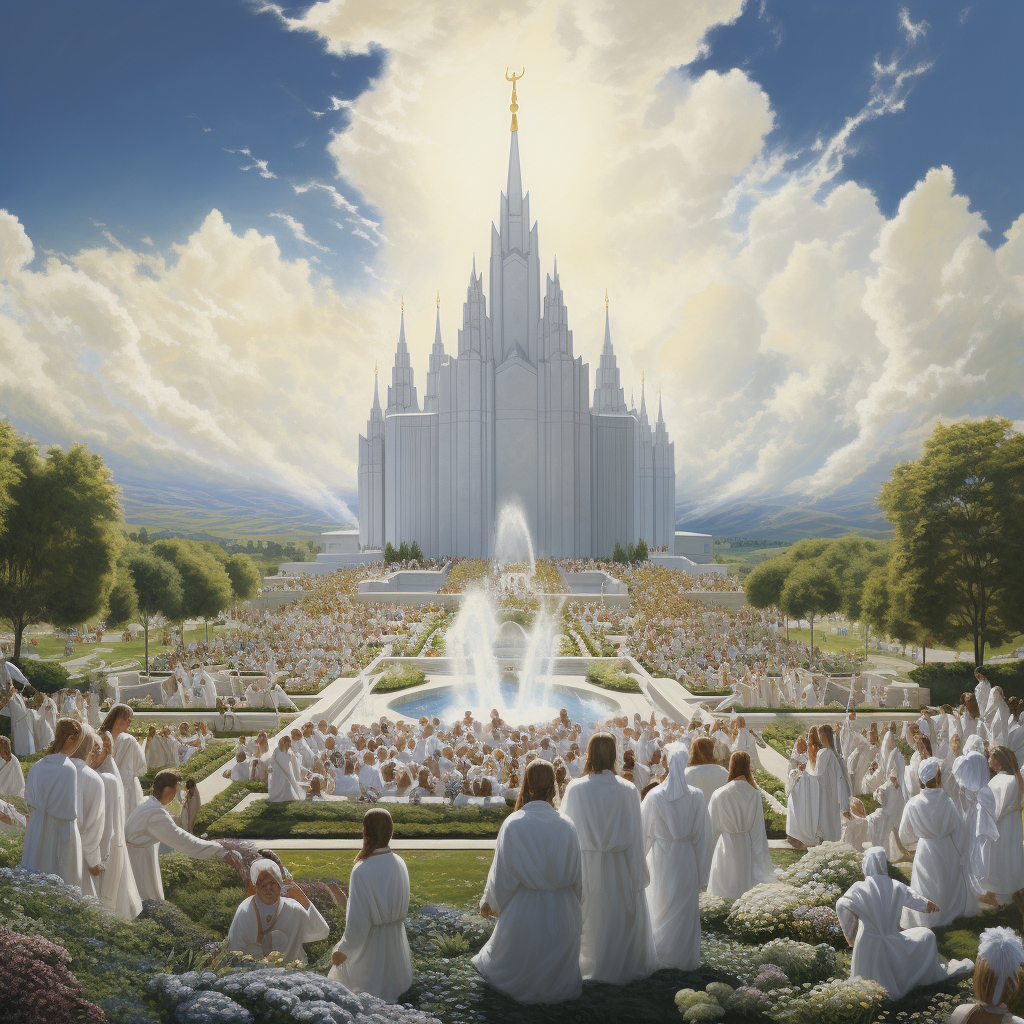
When Will We Be “Done” With Temple Work?
There must be this chain in the holy Priesthood; it must be welded together from the latest generation that lives on the earth back to Father Adam, to bring back all that can be saved and placed where they can receive salvation and a glory in some kingdom. This Priesthood has to do it; this…
-
From These Stones God is Able to Raise Up Pioneer Stock Members
There are two rhetorical practices used by ex-members and reform-minded cultural Mormons that I’ve noticed being used more recently. Latter-day Saint culture places a high premium on deference to authority. If you want to shut down a discussion with the orthodox who “pay the tithing and do the believing;” who are the primary fuel line…
-

An AI-generated Mormon Short Story: The Silent Prayer
In my last post I discussed the potential role of using AIs to generate ideas for Mormon fiction, concluding that the results were mixed but there were some gems in there. In this post I will take it one step further and use AI to generate an actual short story from one of the prompts that…

